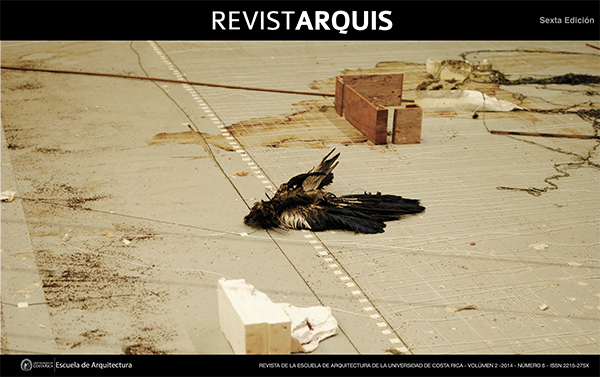Resumen
PRESENTACIÓN
El presente proyecto surge como una necesidad arquitectónica para la enseñanza, capacitación y alojamiento de la Agencia de Formación de los Servidores Públicos en Seguridad Ciudadana, la cual es un departamento que pertenece al Ministerio de Justicia.
El Centro de Capacitación se ubica en La Paz de San Ramón, Alajuela, Costa Rica. El cual, se proyecta tanto a nivel nacional como a nivel internacional, sin embargo, se incorporan características sostenibles para que el diseño se integre a la comunidad local.
La sostenibilidad en el proyecto comprende aspectos físicos (paisaje rural, clima, topografía) aspectos sociales (poblados cercanos, modos de vida, idiosincrasia) y aspectos arquitectónicos (topologías y tipologías constructivas y de diseño de acuerdo con las condiciones climáticas de la zona).
Esto con el fin de generar un modelo de micro ciudad sostenible, que permita amalgamar la propuesta con su entorno mediato e inmediato; y hacer partícipes del proyecto no sólo a usuarios externos de la región sino a la comunidad circundante en general.
PRESENTATION
The project is a response to spatial needs for the training, teaching and lodgment of the Training Center for Public Safety Officers , a department of Ministry of Justice.
The Training Center is located in La Paz, San Ramón, Alajuela, Costa Rica. It is aimed at national and international levels, but it has sustainable local features to achieve the integration of the design with San Ramón’s context.
Therefore, the project incorporates physical features (rural landscape, weather, topography); social features (nearby villages, life styles, idiosyncrasy) and architectural features (constructive topologyes and design tipologyes related to the weather conditions of the region).
The goal is to generate a sustainable micro-city model, that allows the analgamation with the context and the involvement of external users to the region, as well as members of the local community.

